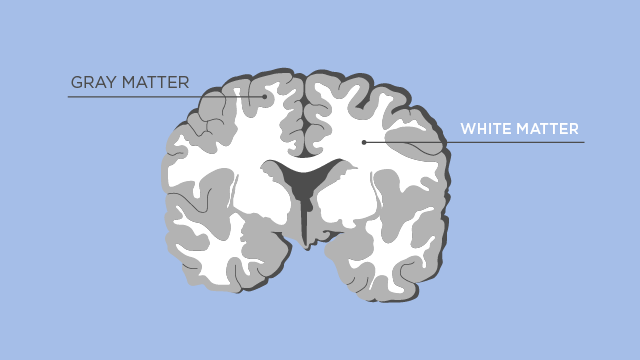OCD: Exploring the Biological Causes
- Thomas Bevis

- Feb 27, 2021
- 3 min read
"In the UK around 1.2% of the population suffer from obsessive compulsive disorder (OCD) according to OCD UK."
OCD is characterised by having an obsession which is an unwanted thought or urge that repeatedly occurs causing anxiety. Also, a compulsion which can be a behaviour or mental process that an individual feels they must do in order to reduce the anxiety. If you believe you are suffering from OCD it is important to contact your GP. There are many potential causes of OCD, such as cognitive models that focus on faulty thought processes leading to increased importance of certain thoughts
(obsessions), which leads to practicing behaviours to reduce these thoughts (compulsions). However, I will be focusing on the possible biological causes of OCD.
Neuroanatomy
Evidence into the brains of people with OCD has shown changes to grey matter in certain areas. Grey matter are parts of the brain that contain neuronal cell bodies, synapses and capillaries. The regions that see an increase in grey matter are the bilateral lenticular nuclei and caudate nuclei, whereas the bilateral dorsal medial frontal gyrus and the cingulate gyrus show a decrease in grey matter. Why these changes occur and how they could cause OCD is not fully understood. Interestingly these changes are the opposite in those with other types of anxiety disorders.

Genes
There have been a lot of research to suggest that certain genes could be attributed to OCD meaning it is potentially heritable between generations. A review paper by Sinopoli et al. (2017) noted that based on the success of selective serotonin reuptake inhibitors (SSRIs) in treating OCD, many serotonin genes could act as potential causes of OCD. One of the most consistently associated genes with OCD mentioned was 5-HTTLPR, which is a degenerate polymorphic region (a different and harmful form of the region) in the SLC6A4 gene. The SLC6A4 gene makes serotonin transporters, these allow serotonin to be taken up (reuptake) from the synaptic cleft into the presynaptic neurone. The polymorphism of this gene that causes the 5-HTTLPR region could lead to more serotonin transporters being produced, therefore causing more reuptake into the presynaptic neurone which reduces the amount of serotonin in the synaptic cleft.
"However, it is not fully understood how/if serotonin causes OCD and how SSRIs can reduce the symptoms."

Figure 1. The process of reuptake of the released neurotransmitter serotonin back into the presynaptic neurone. (Image adapted from Frank Forney).
Drug induced
There is evidence that the second-generation antipsychotic (SGA) olanzapine has been found to induce obsessive-compulsive symptoms (OCS) in patients with schizophrenia. In a review by Fonseka et al. (2014), they found that olanzapine induced OCS in 11 to 20% of schizophrenic patients. This could be due to olanzapine blocking serotonin receptors on the postsynaptic neurone which would cause less serotonin to bind. But, as mentioned before, the relationship between OCD and serotonin is not fully understood.
Treatments
The treatments for OCD usually comprise of cognitive behavioural therapy (CBT) with medications used if waiting lists for psychological therapy are long. Therapy is seen to be less effective for severe OCD. SSRIs (as mentioned before) such as citalopram and escitalopram are frequently used to treat OCD as they have been noted to reduce the symptoms and decrease anxiety. If these are ineffective a non-selective SRI such as the tricyclic antidepressant (TCA) clomipramine may be prescribed. In children the SSRIs fluvoxamine and sertraline may be used to treat OCD.










Comments